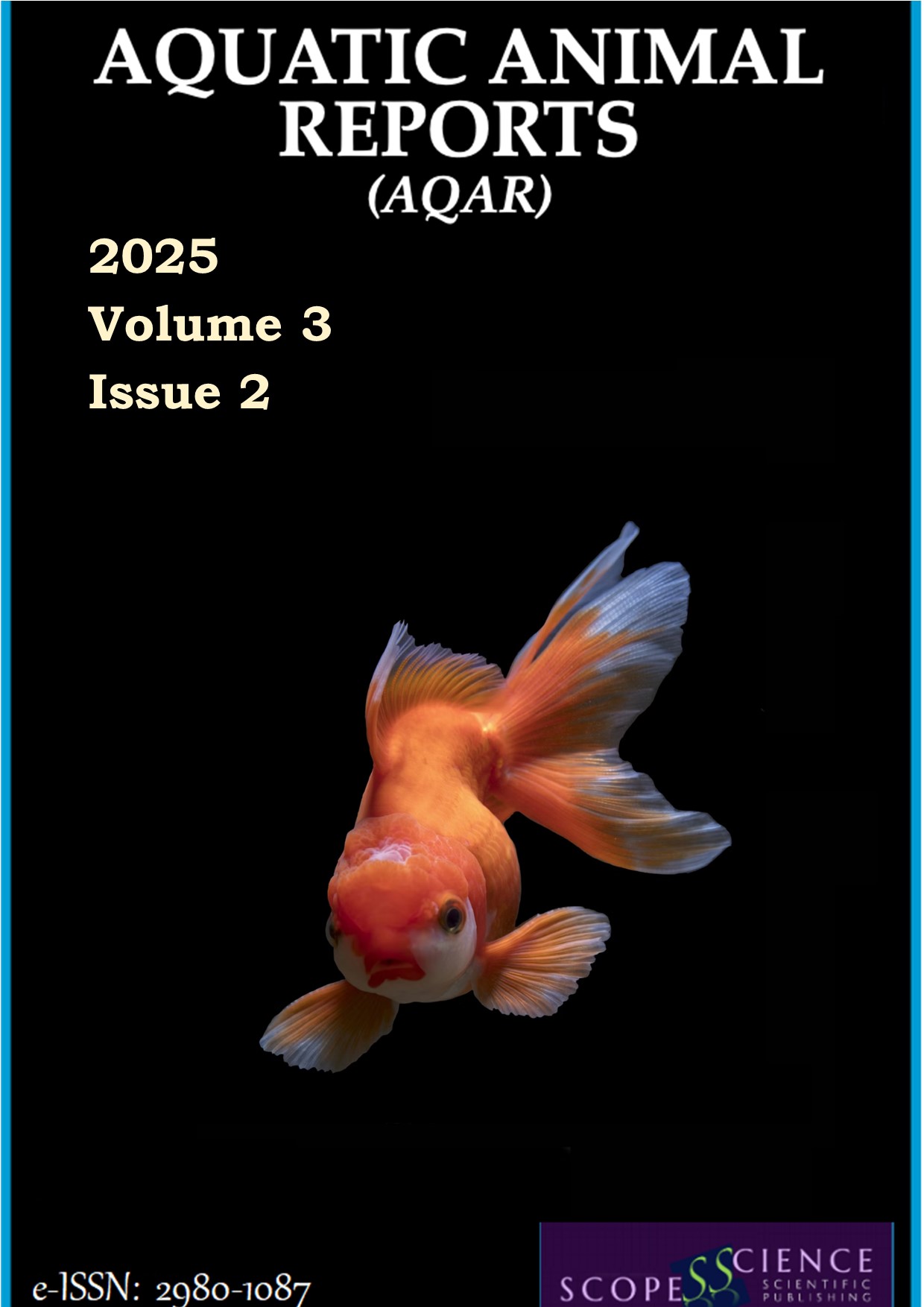Socioeconomic and cultural factors affecting fish consumption: The case of Bozdoğan
DOI:
https://doi.org/10.5281/zenodo.16942653Keywords:
Seafood consumption, Bozdoğan, Fish consumption habits, Food consumption trendAbstract
This study aims to examine fish consumption preferences in the Bozdoğan district of Aydın province and to identify the social, cultural, and economic factors influencing these preferences. Data obtained from a 25-question survey conducted face-to-face with 120 randomly selected people were analyzed using SPSS 21. The mean age of the participants was 40.88±11.29, the number of members in the family was 3.57±1.16, and the average monthly income was 50.803±25.327. As a result of the analyses, no significant differences were found in annual fish consumption amounts according to age, gender, education, marital status, and income group variables (p>0.05). Red meat was the most preferred type of meat consumption among the participants, with fish meat coming in third. In Bozdoğan, fish consumption increases in winter and decreases in summer, becoming more limited to special occasions. While fish is readily available, the majority find it moderately or expensively priced. Nutritional value and taste are paramount in fish consumption; fresh fish is preferred, and grilling, pan-frying, and oven-baking are the most common methods. Farmed rainbow trout was the most favored species, whereas offshore fish led the rankings among habitat-based groups. While fish is generally procured from fishermen, the vast majority do not catch fish. While consumption frequency varies, many people consume fish regularly. Sea bream, anchovy, and trout stand out as the most delicious fish, while salmon is the most expensive and anchovy the most affordable. Most participants believe that increasing income will increase fish consumption.
Downloads
Published
How to Cite
Issue
Section
License
Copyright (c) 2025 Hülya ÖZTÜRK, Ebru YILMAZ

This work is licensed under a Creative Commons Attribution 4.0 International License.







 AQAR is licensed under a
AQAR is licensed under a 